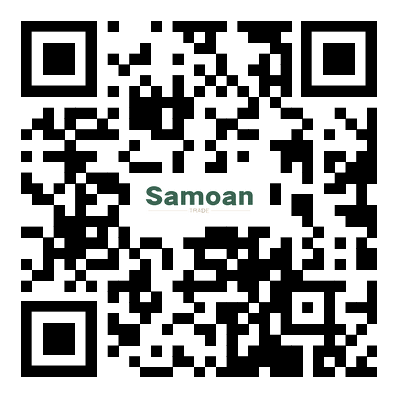Inspection of steel wire rope
2023-10-17
The inspection of steel wire rope is crucial for ensuring its safety and performance. Regular inspections help identify any damage, wear, or deterioration that may affect its strength and integrity. Here are some key steps and aspects to consider when inspecting steel wire rope:
Visual Inspection: Start by visually examining the entire length of the wire rope. Look for any signs of damage, such as broken wires, kinks, birdcaging (when the strands separate), corrosion, or wear on the outer strands. Pay attention to any abnormalities or inconsistencies in the appearance of the rope.
End Fittings: Inspect the end fittings, including the termination points and connections. Ensure that they are securely attached and in good condition. Look for any signs of deformation, cracking, or corrosion in the fittings.
Diameter Measurement: Measure the diameter of the wire rope using a caliper or a suitable measuring device. Compare the measured diameter to the manufacturer's specifications to ensure it falls within the acceptable range. Any significant reduction in diameter may indicate wear or elongation.
Lubrication: Check the lubrication of the wire rope. Adequate lubrication helps reduce friction, corrosion, and wear. Look for signs of dryness, excessive lubrication buildup, or inadequate coverage along the rope's length.
Wire Breaks and Worn Sections: Inspect the wire rope for broken wires or worn sections. Look for areas where individual wires are broken or significantly worn. Pay attention to the number, location, and severity of wire breaks, as they can indicate the overall condition and remaining strength of the rope.
Structural Integrity: Assess the overall structural integrity of the wire rope. Look for any signs of deformation, such as twisting, bending, or flattening, which may indicate overloading or improper use. Check for any signs of fatigue, such as broken wires around the load-bearing strands or at flex points.
Usage and History: Consider the usage history of the wire rope, including the load it has been subjected to, the frequency of use, and any previous incidents or repairs. This information can help identify potential issues or areas of concern.
Documentation: Maintain thorough documentation of inspection findings, including the date, location, and details of any identified damage or concerns. This documentation is essential for tracking the rope's condition over time and determining appropriate actions, such as repair or replacement.
It is important to follow industry standards and guidelines when inspecting steel wire rope. If any damage or significant concerns are identified during the inspection, it is recommended to consult with a qualified professional or the manufacturer for further evaluation and appropriate action.


